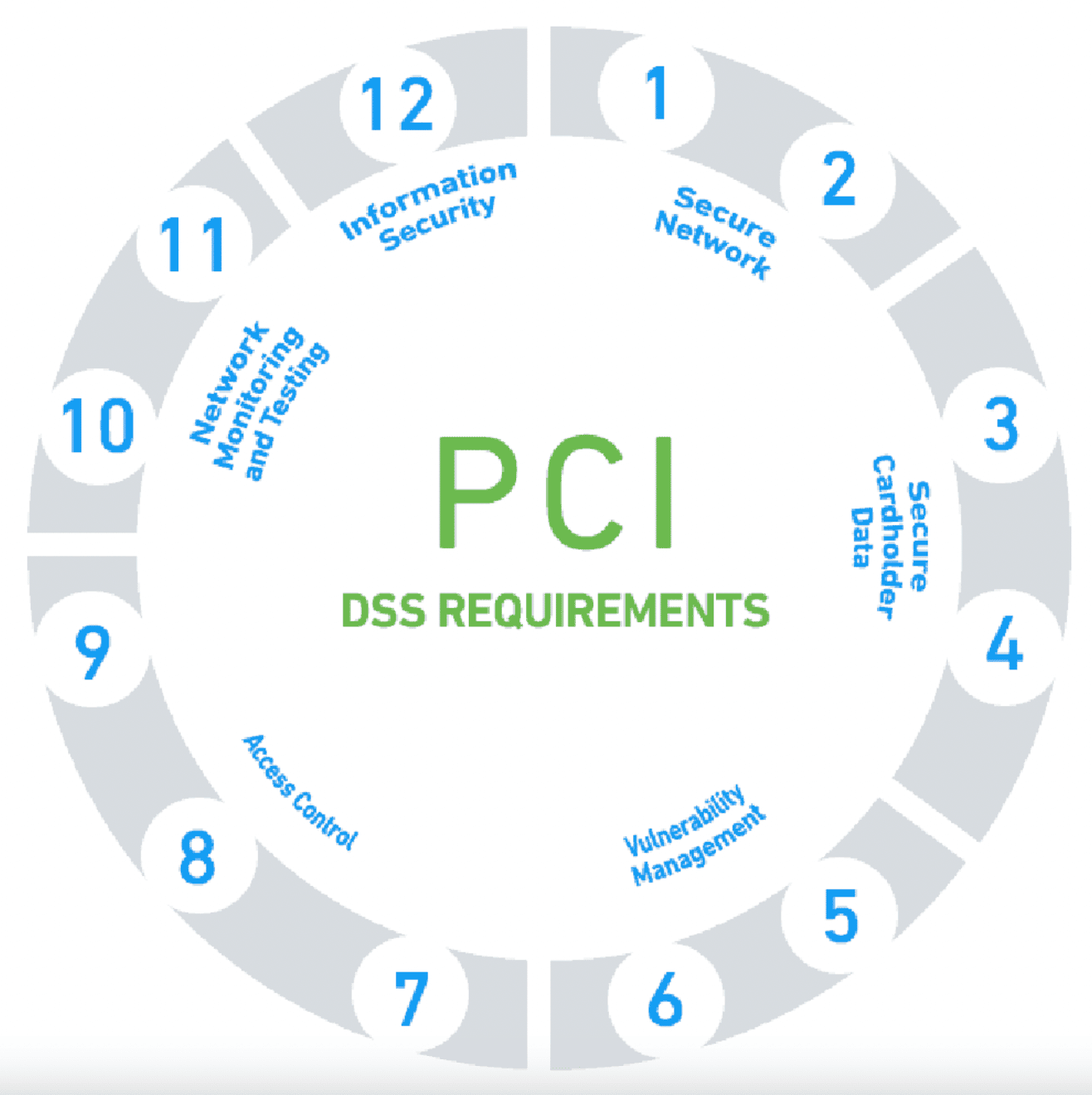If you’re like most business owners, you don’t have time to waste when it comes to compliance. The Payment Card Industry Data Security Standard (PCI DSS) is a complex set of regulations, and meeting all the requirements can be a daunting task. But what if there was a way to automate PCI DSS compliance? In this guide, we will discuss how you can automate your compliance process using technology. We’ll also provide tips on how to get started and recommendations for the best tools to use. Let’s get started!
What is PCI DSS Compliance?
PCI DSS compliance is the process of meeting the security requirements set by the Payment Card Industry Data Security Standard (PCI DSS). This standard was developed to protect payment cardholders from fraud and ensure that businesses are storing, processing, and transmitting electronic payment information securely. To be compliant with PCI DSS, businesses must adhere to a set of 12 core requirements, as well as develop and maintain secure systems and processes.
How Can You Automate PCI DSS Compliance?
Automating your PCI DSS compliance process can help you save time and money. The right tools automate the manual processes associated with compliance, such as policy management, monitoring, and reporting. Automated solutions can also help reduce the risk of human error by providing alerts when compliance issues arise.
What Tools Can You Use to Automate PCI DSS Compliance?
There are a variety of tools available that automate different aspects of PCI DSS compliance:
- Policy management systems automate policy creation, maintenance, and enforcement.
- Compliance monitoring tools automate the process of monitoring your systems for compliance issues.
- Reporting tools automate the generation of compliance reports.
- Encryption solutions automate the encryption and decryption of data.
When choosing a tool, make sure it meets your specific needs and is compatible with other security solutions you may already be using.
What are the Benefits of Automating PCI DSS Compliance?
Automation eliminates manual processes, allowing you to focus on more important tasks while ensuring that all requirements are met. Additionally, automated solutions can reduce errors and provide real-time alerts when compliance issues arise.
Security Control and Processes for PCI DSS Compliance
As part of your PCI DSS compliance process, you should have several security controls in place. These can include a firewall to protect your network from external threats, encryption for data stored and transmitted, an incident response plan for handling security incidents, and an access control system to restrict access to sensitive data. Additionally, you should have regular vulnerability scans, penetration tests, and regular reviews of your security policies and processes.
How Do You Get Started?
Getting started with automating your PCI DSS compliance process can seem daunting, but it doesn’t have to be! Start by researching the tools that are available and finding one that meets your specific needs. Make sure the tool is compatible with other security solutions you may already be using. Once you have chosen a tool, set up the required processes and automate them for maximum efficiency.
Conclusion
Automating your PCI DSS compliance process is an efficient and cost-effective way to ensure you remain compliant. With the right tools, you can automate manual processes so that you can focus on other tasks while ensuring all requirements are met. Research the available tools and find one that meets your specific needs to get started. Good luck!
